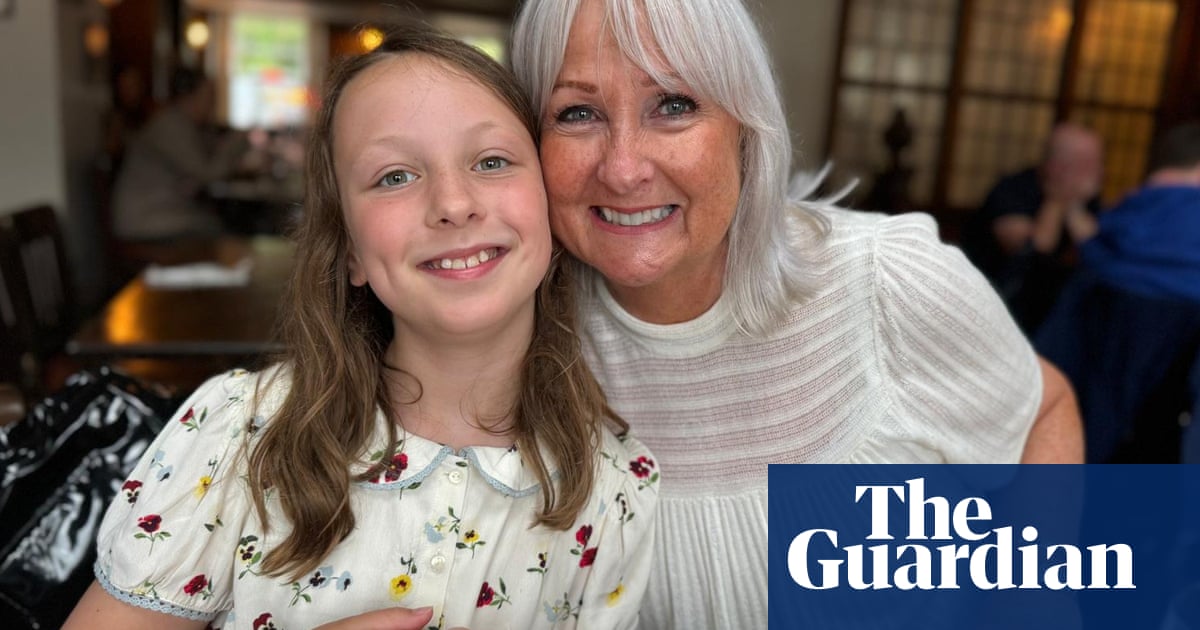A landmark study shows exercise can reduce the risk of cancer patients dying by more than a third.
The world’s first randomised clinical trial specifically evaluated if a structured exercise regime after treatment could reduce the risk of recurrence or new cancers in patients.
Hailed as game-changing by experts, the results show it could. The trial found patients had a 37% lower risk of death and a 28% lower risk of their cancer coming back or new cancers developing, compared with patients who received only health advice.
Margaret Tubridy was one of 889 patients with colon cancer recruited to the trial from six countries – the UK, US, Australia, France, Canada and Israel.
Originally from Northern Ireland, Tubridy, a retiree who worked as a receptionist for Mercedes Benz for 26 years, was diagnosed with cancer at the age of 64. Having previously never exercised, the grandmother of five joined the trial after her treatment.
She was among 445 patients randomly assigned to participate in a structured exercise regime, seeing a personal trainer twice a month, and later once a month, for three years. The other 444 patients in the trial were given a booklet with healthy lifestyle advice.
The exercise group were coached and supported to help them achieve set goals. Their weekly target was the equivalent of three to four walks of between 45 and 60 minutes, but patients could choose how to be more active. Some, for example, went kayaking or skiing.
Today, Tubridy, now 69, is free of cancer, healthy and shows no signs of the disease coming back.
“I wanted to take part in the trial to help other people living with cancer. I had never exercised in my life, but with the right support and encouragement I was able to walk more and more.
“From there I started going to classes at the gym, and now I do weight training twice a week, pole walking, and I’m in a walking group. I had never been to a gym before, but once I was shown how to use the machines and do the exercises, I loved it.
“It’s been almost five years since my cancer diagnosis and if I meet anyone, I tell them I am doing great. Taking part in the trial helped me so much. I am stronger, fitter, and my anxiety is better. I never thought at 69 years of age I would be able to do all of this. I am chuffed to bits.”
Prof Vicky Coyle, the UK lead researcher for the trial and a clinical professor at Queen’s University Belfast, said: “During the trial, we supported people to reach their weekly exercise target in a way that worked for them. This could be a brisk walk for around 40 minutes every day, but some patients were also doing circuit classes, cycling, swimming and many other activities.”
The results provided “clear, encouraging evidence” that exercise could reduce the risk of cancer returning, she said. “We now need to work with policymakers and healthcare providers to embed exercise into treatment plans where appropriate.”
